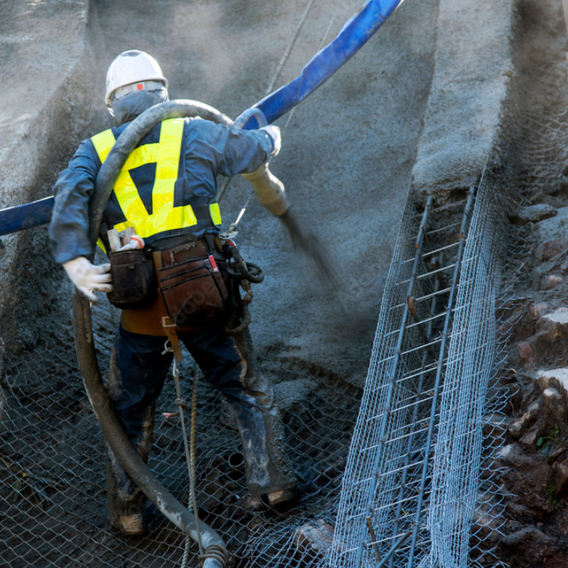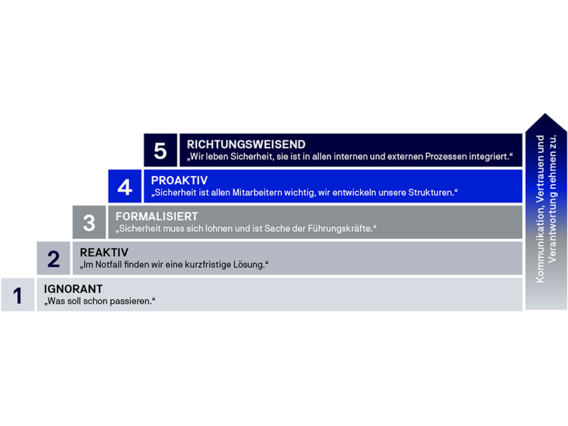
Occupational safety awareness and safe working practices in companies
The Safety Culture Ladder (SCL) is a Dutch safety standard and a certification system that can be used to develop and assess the occupational safety culture in organisations.
The SCL certification was originally developed by the Dutch railway company ProRail N.V.. It established that employee behaviour and the company's safety culture are crucial for successful accident prevention.
With TenneT and Gasunie, other large companies have decided to increase safety awareness and further promote the safety culture of their contractual partners. The SCL has been a NEN (Nederlandse Norm) programme since July 2016. This means that companies of all sectors and sizes can participate in the Safety Culture Ladder certification programme.
SCL certification is now being rolled out across the EU, including in Germany, Belgium and Switzerland.
